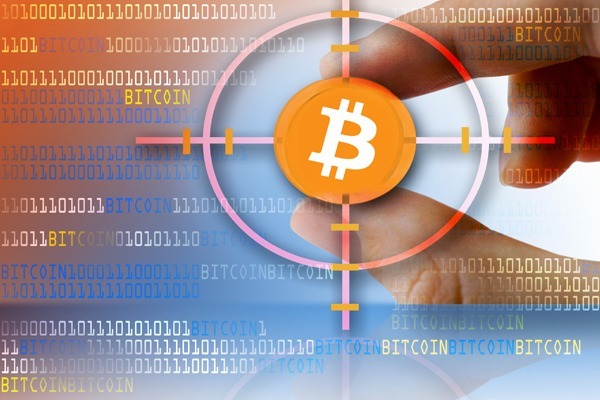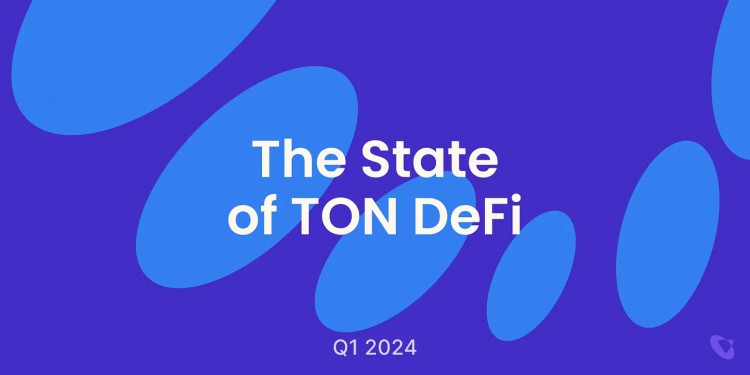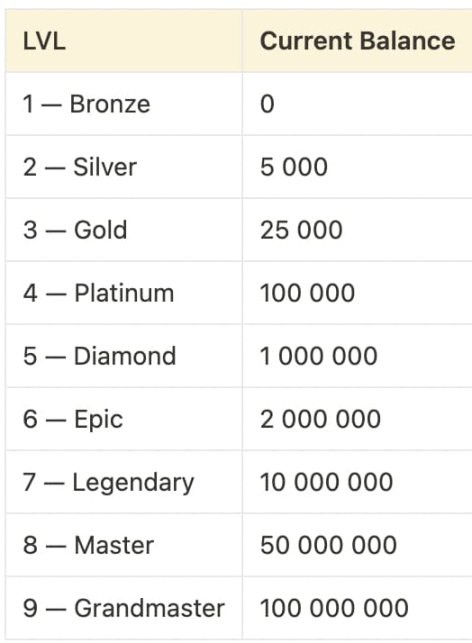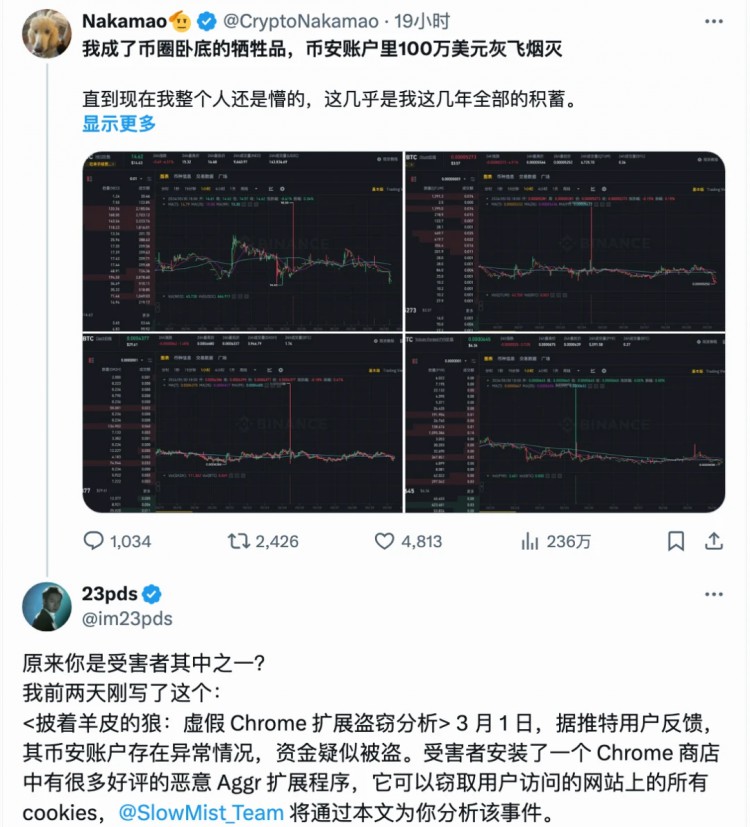The upcoming Bitcoin halving in April 2024 is expected to have a more favorable supply-demand dynamic compared to previous halvings in 2012, 2016, and 2020. This is attributed to the recent launch of spot Bitcoin exchange-traded funds (ETFs) in the United States.摘要:However,Bitcoin’ssupply-demanddynamicwillbeevenmorefavorablethanprevioushalvingsin2012,2016and2020—thankstotherecentlaunchofspotBitcoinexchange-tradedfunds(ETFs)intheUnitedStates...
Halvings result in Bitcoin miner rewards being reduced by half approximately every 48 months. The upcoming halving event will occur at block 840,000, reducing mining rewards from 6.25 BTC to 3.125 BTC.
Historical trends suggest that Bitcoin's price typically starts to rise and surpass previous all-time highs about four or five months after a halving. For example, after the last halving in May 2020, Bitcoin's price surged by 430% within five months, surpassing its previous all-time high.
Analysts attribute this trend to the impact of spot Bitcoin ETFs on Bitcoin's supply-demand dynamic. It is noted that ETF issuers are acquiring 2,450 BTC daily, while only 900 BTC are being mined. This will lead to an imbalance between supply and demand, contributing to a continuous upward trajectory in Bitcoin's price.
Furthermore, the decentralization and security of the Bitcoin network have also strengthened. Bitcoin's hashrate is now five times higher than at the last halving, making it significantly more secure and virtually impenetrable. The geographic decentralization of mining operations is also increasing as miners migrate to regions with cheaper electricity prices, further enhancing the network's resilience.
Overall, the combination of a more favorable supply-demand dynamic, the impact of ETFs, and the enhanced security of the Bitcoin network is expected to contribute to a substantial rise in Bitcoin's price post-halving.




